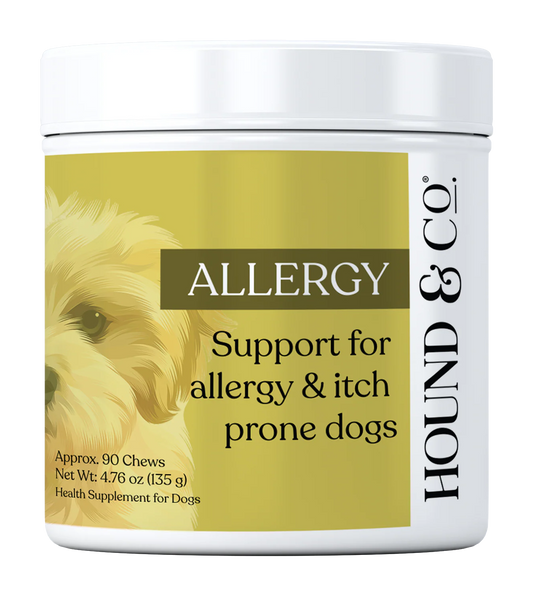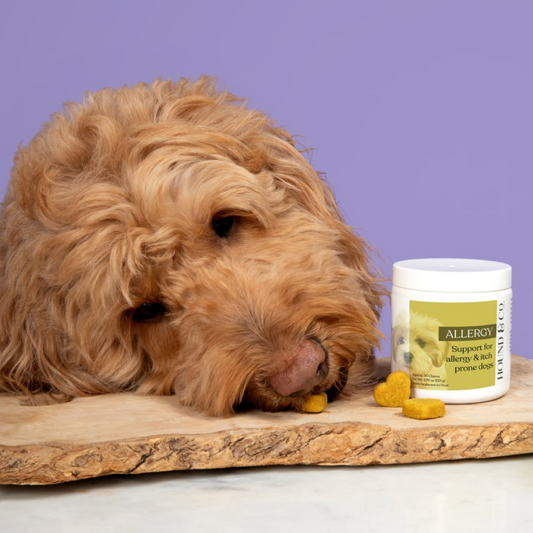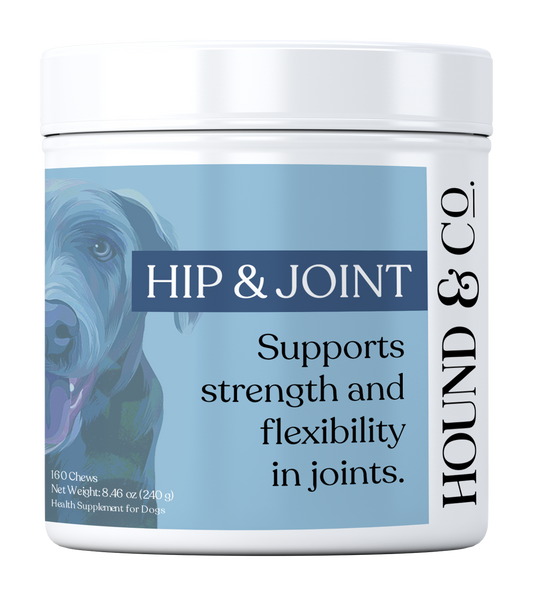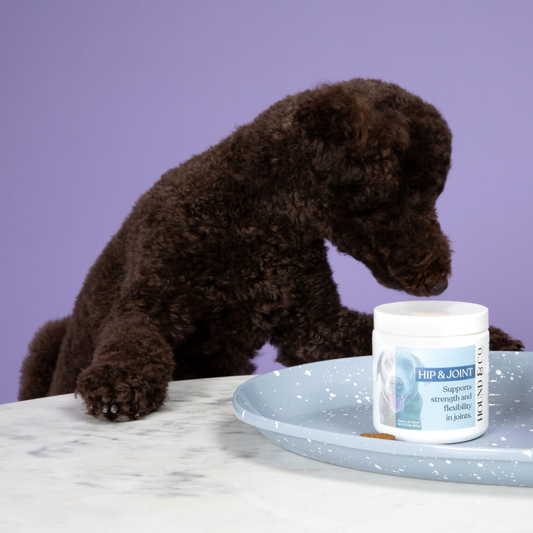The “Allergy Season” Your Vet Won’t Warn You About

Vet Reviewed by Dr. Jacob Klos, DVM

When we think of dog allergies, spring usually gets all the blame—thanks to blooming plants and high pollen counts. But there’s another allergy season hiding in plain sight: summer.
While you're soaking up the sun and running the AC, your dog may be developing symptoms triggered by summer-specific allergens you never even considered.
Why Summer Can Worsen Dog Allergies
Summer heat brings a different set of allergy challenges. Longer days mean more outdoor exposure, and rising temps can amplify indoor and outdoor irritants. Common summer triggers include:
- Grass and weed pollen: Especially in dry, breezy conditions
- Mold spores: Thrive in damp areas like dog bowls, outdoor water toys, and shaded lawns
- Air conditioning units: Circulate dust, dander, and mold when filters aren’t clean
- Increased humidity: Can trigger skin flare-ups and yeast growth
- Insect bites: Fleas, mosquitoes, and other pests often cause allergic reactions
Just because allergy symptoms aren't tied to spring blooms doesn't mean your dog isn't reacting to something in their environment.
Common Signs of Summer Allergies in Dogs
Watch out for these signs during hot weather months, especially if they seem to get worse after outdoor activity or time in humid conditions:
- Excessive paw licking or chewing
- Scratching, especially near the belly, groin, or ears
- Red, irritated skin or rashes
- Hot spots or hair loss in specific areas
- Frequent ear infections or head shaking
- Watery eyes or sneezing (even indoors)
Even dogs that were fine in spring can suddenly flare up when the heat and humidity spike.
How to Minimize Summer Allergy Triggers
A few simple changes can make a big difference in keeping your pup comfortable all summer long:
- Wipe paws after walks: Use a damp cloth to remove allergens and grass pollen
- Clean food and water bowls daily: Especially outdoor ones, to prevent mold
- Bathe regularly with a gentle, allergy-friendly shampoo: Helps wash away irritants
- Use flea and tick prevention: Bites can worsen allergy symptoms
- Clean AC filters often: Prevents circulating indoor allergens
- Dry your dog thoroughly after swimming or rain: Moisture trapped in the coat can trigger yeast and mold growth
Pro tip: keeping a simple grooming and paw-cleaning routine during the summer can reduce flare-ups significantly.
Should You See the Vet?
If your dog is showing signs of consistent irritation—especially if it involves ears, skin, or paws—talk to your vet. They may recommend a skin exam, allergy testing, or targeted treatments like antihistamines, medicated wipes, or dietary adjustments.
For dogs with recurring issues each summer, preventive care can make all the difference before symptoms become severe.
The Takeaway
Summer allergies often go unnoticed, but they can be just as disruptive as springtime pollen. By understanding the hidden triggers—like mold, humidity, and AC-borne dust—you can take proactive steps to keep your dog itch-free and comfortable all season long.
Because every dog deserves to enjoy summer without the scratch.









